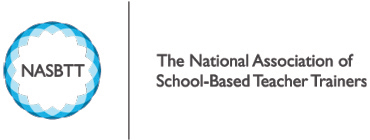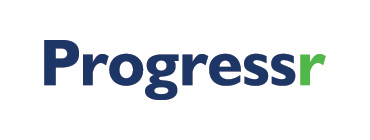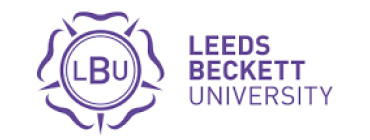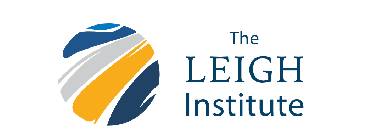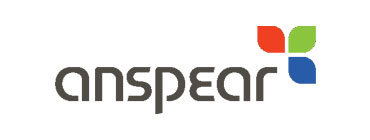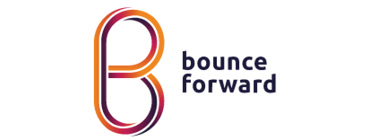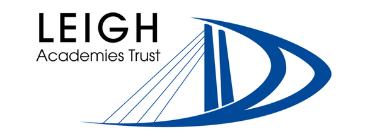Equality, Diversity and Inclusion Policy
Introduction
KMT is committed to diversity, inclusion and equality of opportunity in the workplace. We want each and every person training with KMT to feel respected and able to give their best. Simply having a diverse cohort is not enough and we want to create an inclusive environment, where everyone can contribute and develop to their full potential.
We want to celebrate the fact that everyone is different yet valued and to make sure that every Associate Teacher is treated with dignity and respect. This will create an environment where Associate Teachers are able to make best use of their skills, free from discrimination or harassment, and in which all decisions are based on merit.
Our approach to diversity and inclusion applies to everyone at KMT; and therefore applies to all Associate Teachers, KMT staff and consortium schools, and all those who work on our behalf. They will be treated by KMT in accordance with this policy.
Crucial Information
- We promote equality of opportunity for everyone.
- We aim to recruit a cohort that’s representative of the communities that we serve.
- We want to create a genuinely inclusive training environment, where we embrace similarities and differences
- We are against all forms of unfair discrimination whether or not it is unlawful.
- We will not tolerate bullying and harassment in any form. We will do our best to protect Associate Teachers from harassment from third parties and from any kind of negative treatment relating to the differences, or perceived differences, listed below. Please see the Bullying and Harassment Policy for more information.
What is diversity?
Diversity is about acceptance and respect. It includes our visible differences such as gender, race and visible disabilities. It also includes our non-visible differences such as sexual orientation, gender identity, social class, ethnicity, heritage, religion, unseen disabilities, different perspectives and thought processes, education, family status and age. It means understanding that each of us is unique and recognising our individual differences. KMT commits to creating a productive environment, responsive to different cultures and groups, where everyone has an equal chance to succeed.
What is inclusion?
Inclusion is about engaging the uniqueness, talents, beliefs, backgrounds, abilities and ways of working of all of our cohort. It means valuing and celebrating differences and encouraging a learning environment and culture where all can thrive. This means individuals are supported, respected, engaged, have a voice and are able to develop skills and talents.
What is equality?
Providing equal opportunity for all Associate Teachers through a fair and consistent approach to the application of policies and procedures. This ethos is embedded in all stages of the recruitment and selection policy as well as throughout an individual’s training.
Managers who are responsible for recruitment and selection will be required to complete equal opportunities training. Other colleagues will have the opportunity to access awareness training in equality to avoid discrimination.
What is discrimination?
Colleagues need to be aware that it is unlawful to discriminate on grounds, which are described as “protected characteristics”:
- Age
- Race
- Disability
- Religion or belief
- Pregnancy/maternity
- Sexual Orientation
- Gender Reassignment
- Marriage or Civil Partnership
- Sex
Where a protected characteristic applies this does not mean it can be used to refuse to engage with others who are also protected. For example, you cannot refuse to support LGBT+ inclusion on the grounds of religious belief or affiliation.
Discrimination can take two forms:
Direct Discrimination
Where someone is treated less favourably because of a protected characteristic, whether it is their own protected characteristic, one they are perceived to have or because they associate with someone with a protected characteristic.
Indirect Discrimination
This is where a practice, criterion or policy is applied apparently equally to everyone but where, due to a protected characteristic, a lower proportion of a particular group can comply and the practice, criterion or policy cannot be justified on objective grounds.
The definition of indirect discrimination is “legalistic” but a practical example is where an job advertisement includes a minimum height which would impose a condition fewer women are able to meet.
Our responsibilities
To achieve the diversity and inclusion policy we will:
- Act upon gender stereotypes wherever they occur;
- Support Associate Teachers to balance their life at work and at home;
- Support Associate Teachers who become pregnant and take active steps to facilitate their return to training after maternity leave;
- Take positive steps to support trans-gender individuals and to ensure that they are treated with dignity and respect throughout their training;
- Challenge racial stereotypes where they occur;
- Understand, respect, appreciate and value different racial and cultural backgrounds and perspectives;
- Focus on what Associate Teachers can do, rather than on what they cannot because of their disability;
- Challenge stereotypes about people with disabilities;
- Make reasonable adjustments in the programme to support Associate Teachers with disabilities achieve their full potential;
- Challenge age stereotyping and recognise the benefits of a mixed-age cohort;
- Treat Associate Teachers fairly on the programme, irrespective of their religious beliefs and practices or political opinions, by recognising individuals’ freedom of belief and right to protection from intolerance and persecution;
- Treat Associate Teachers fairly on the programme, irrespective of their sexuality, and challenge negative stereotypical views.
Your responsibilities
We all have a responsibility to behave in a way that is respectful of others and to understand that our views and opinions may not always be the same as our peers.
To support an inclusive training environment we would encourage you to:
- Try to understand other people’s’ points of view and help them understand yours
- If you see inappropriate behaviour, challenge or report it.
- If you do challenge others, this should be in a respectful way.
- Be aware of different cultures and customs, and respect the benefits that diversity can bring.
- Respect the confidentiality of all Associate Teachers.
- Deal with Associate Teachers and others in an ethical and lawful way with respect all all times.
- Take responsibility for your own actions.
- Look for solutions to problems and try to resolve them constructively.


